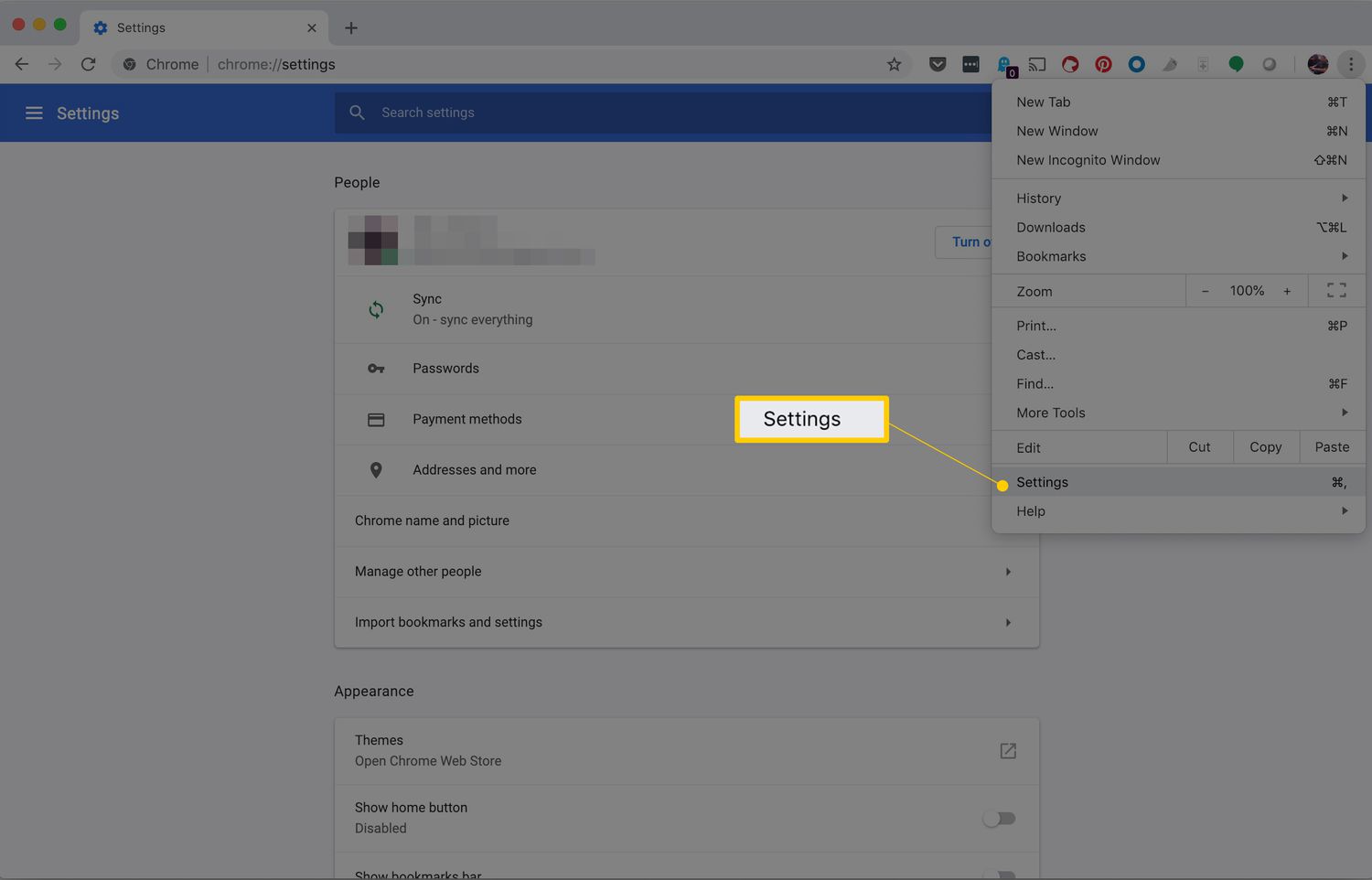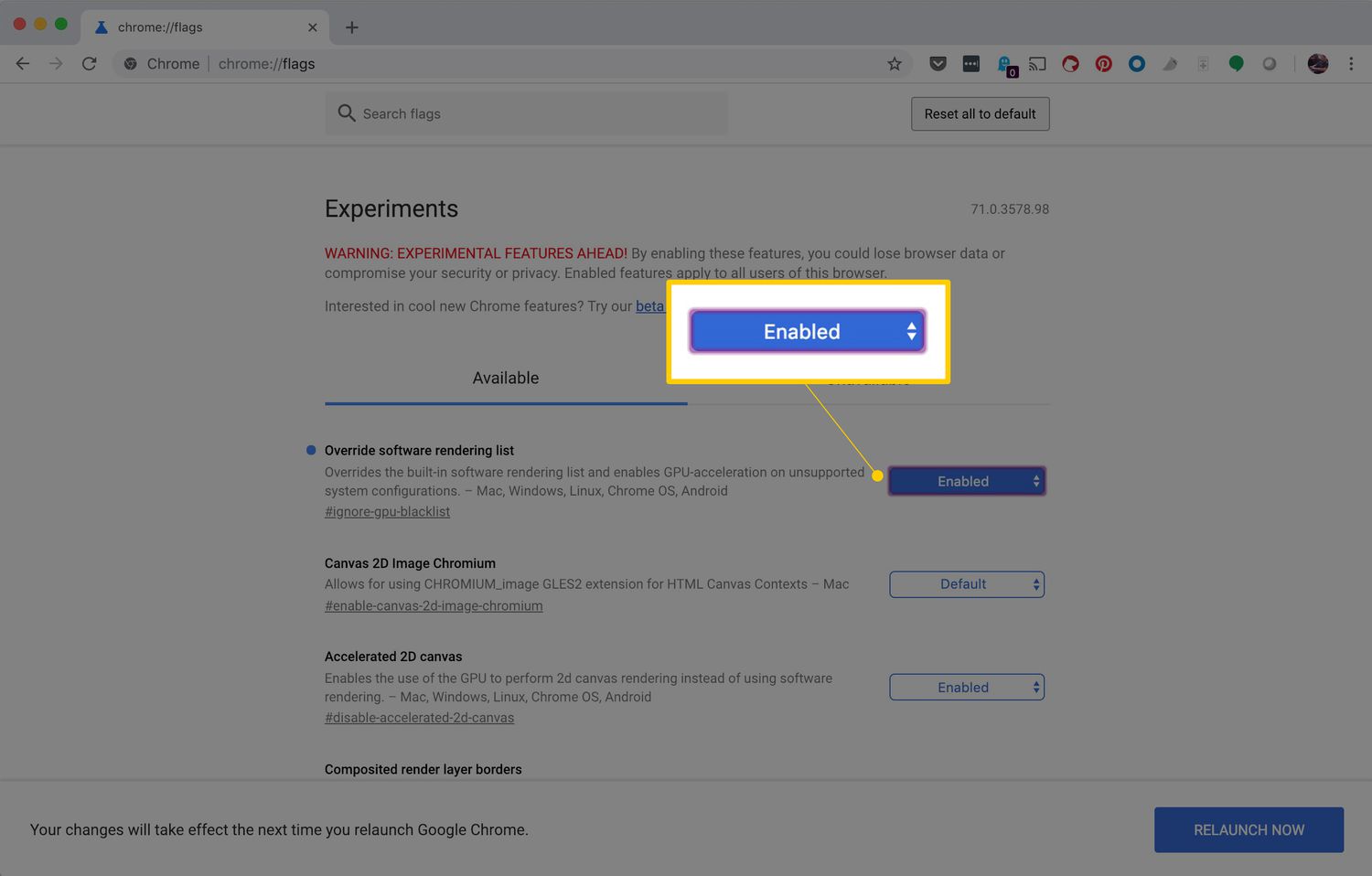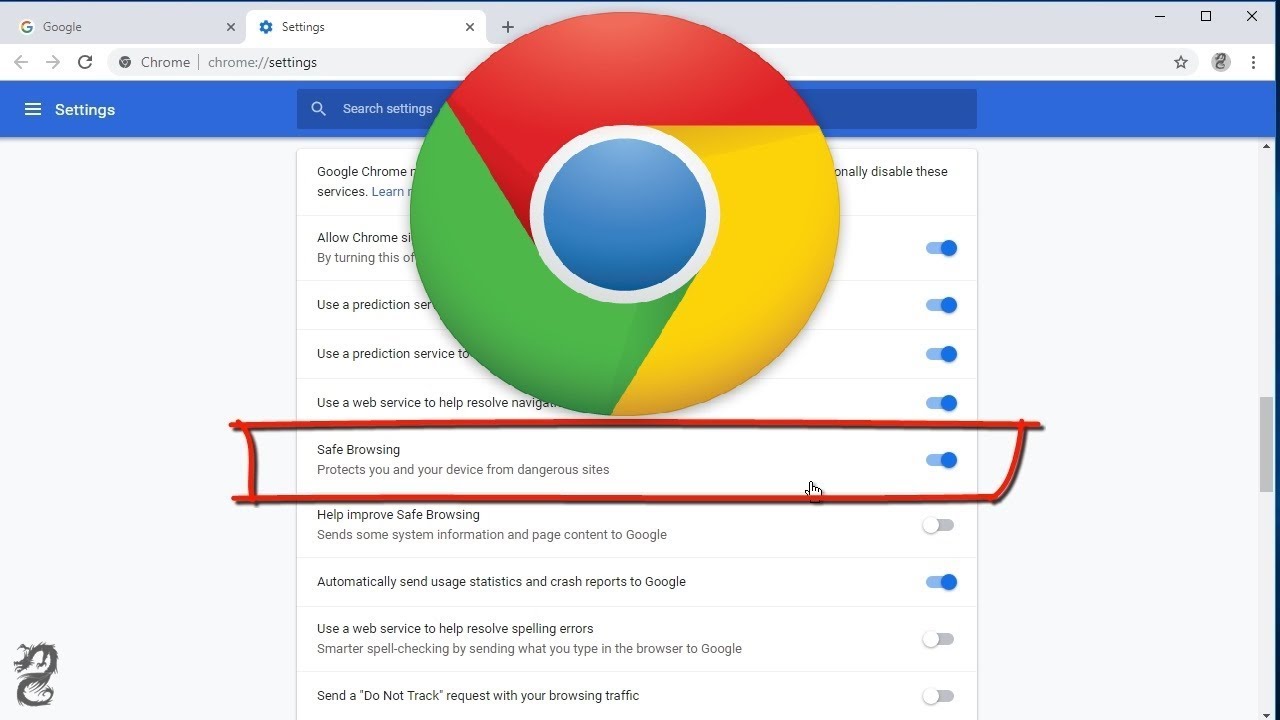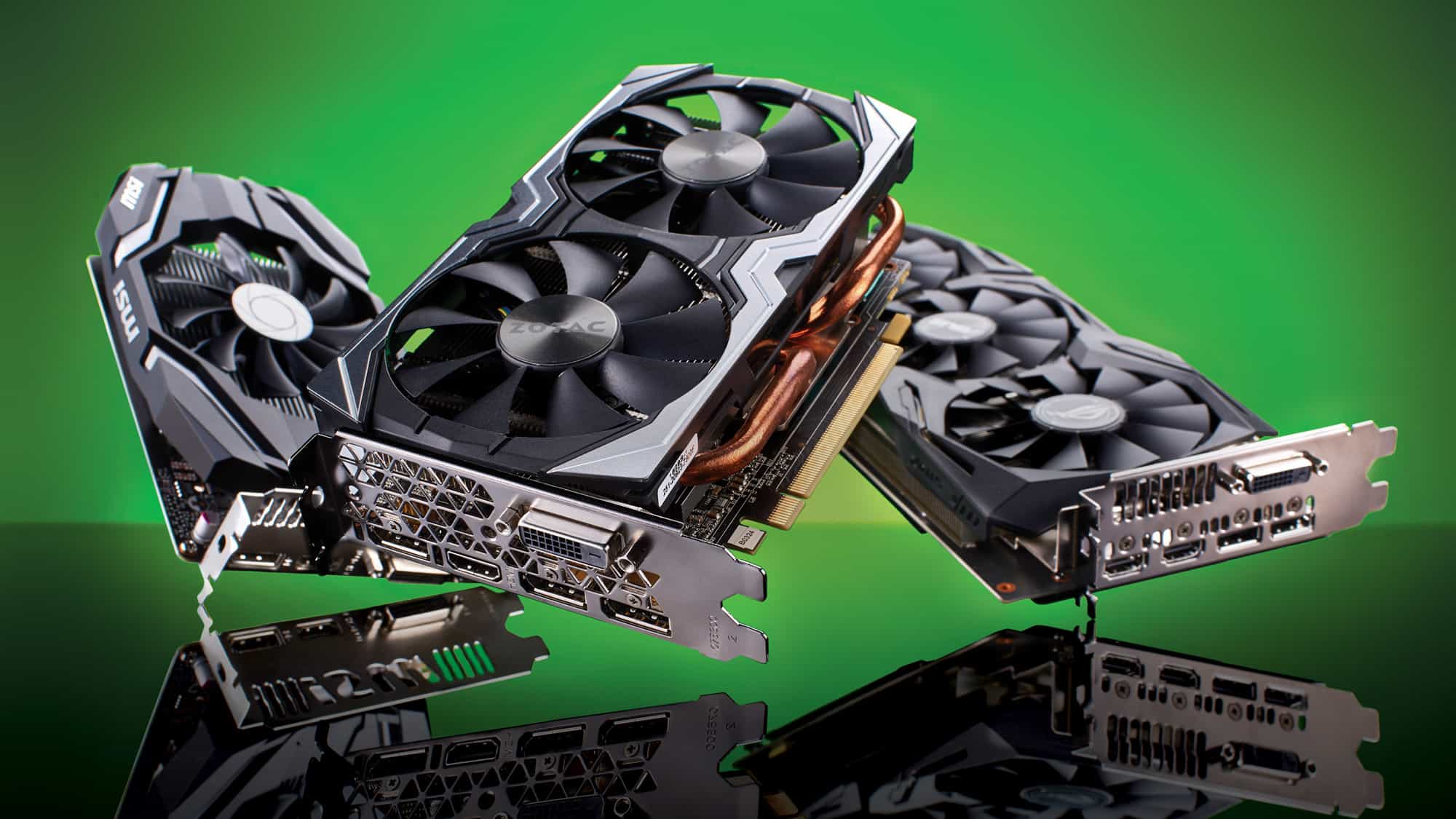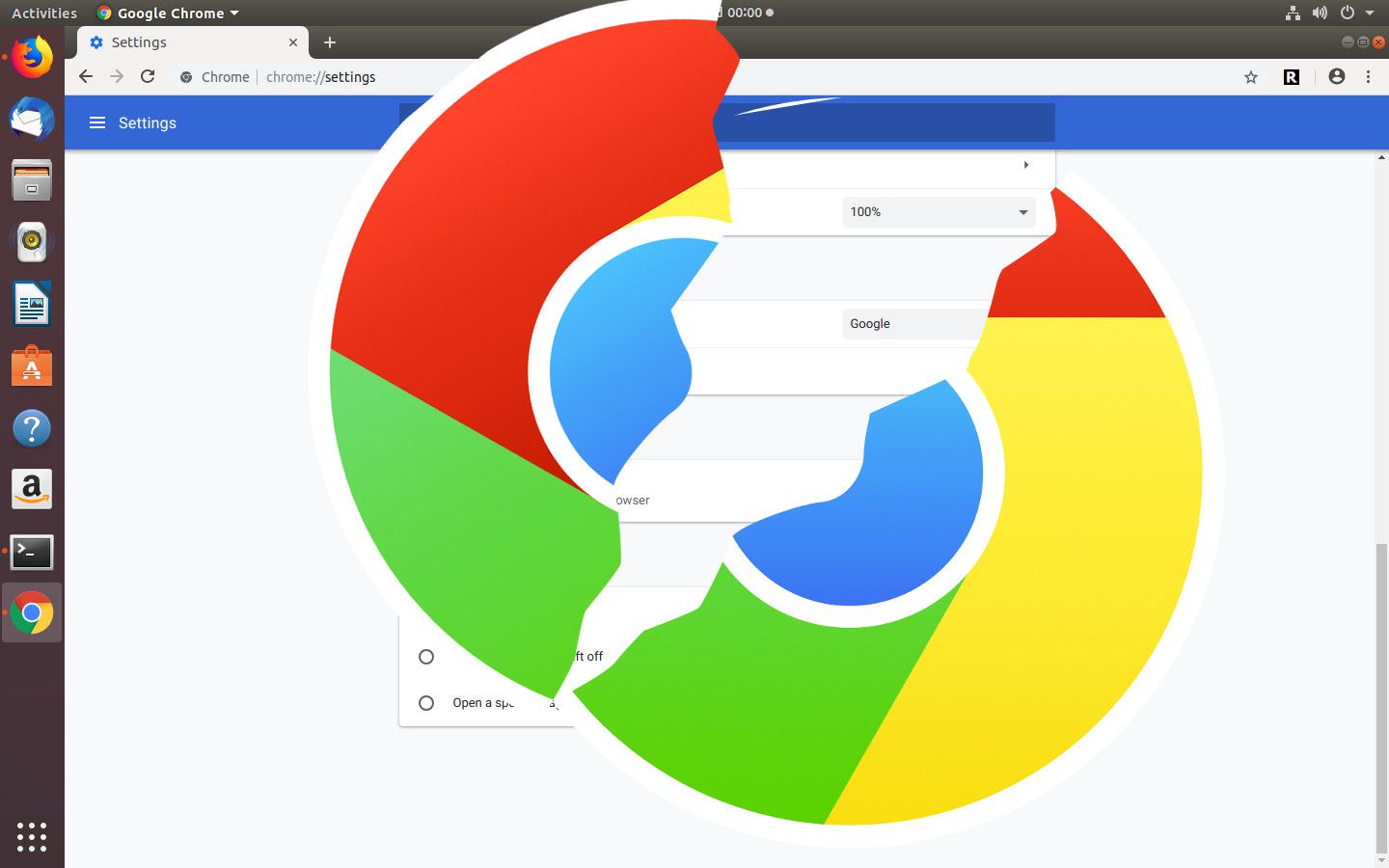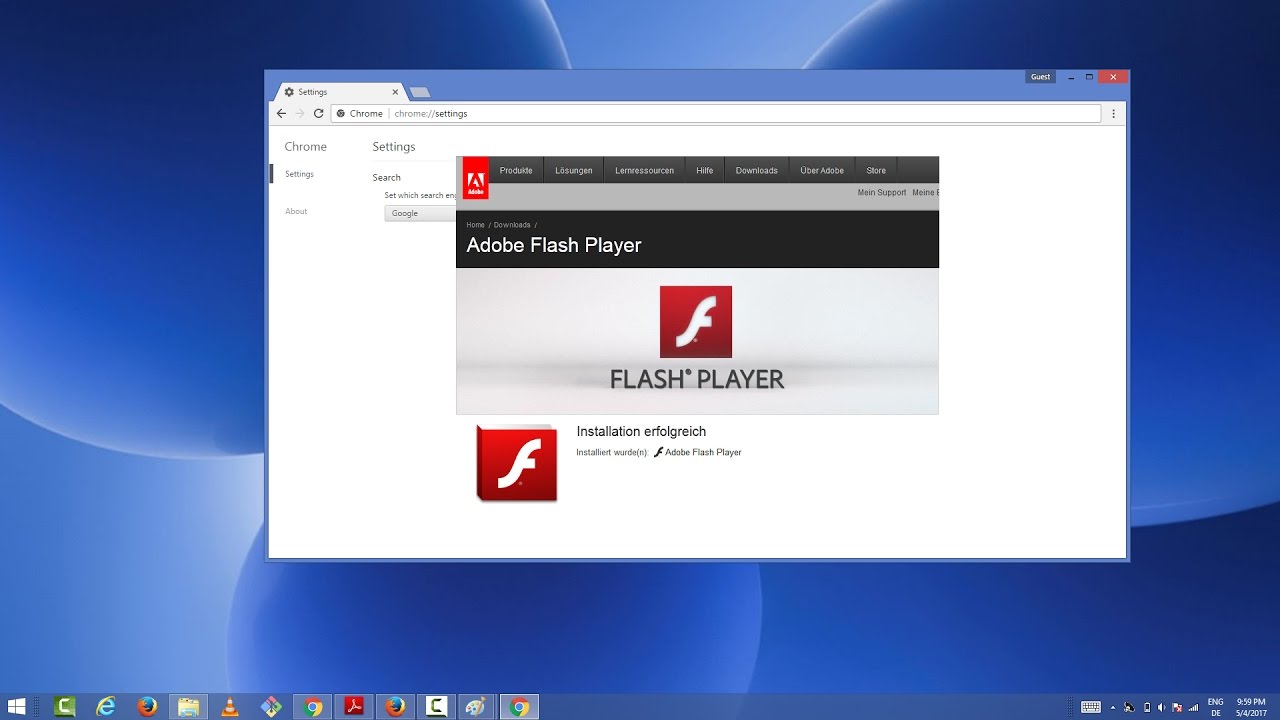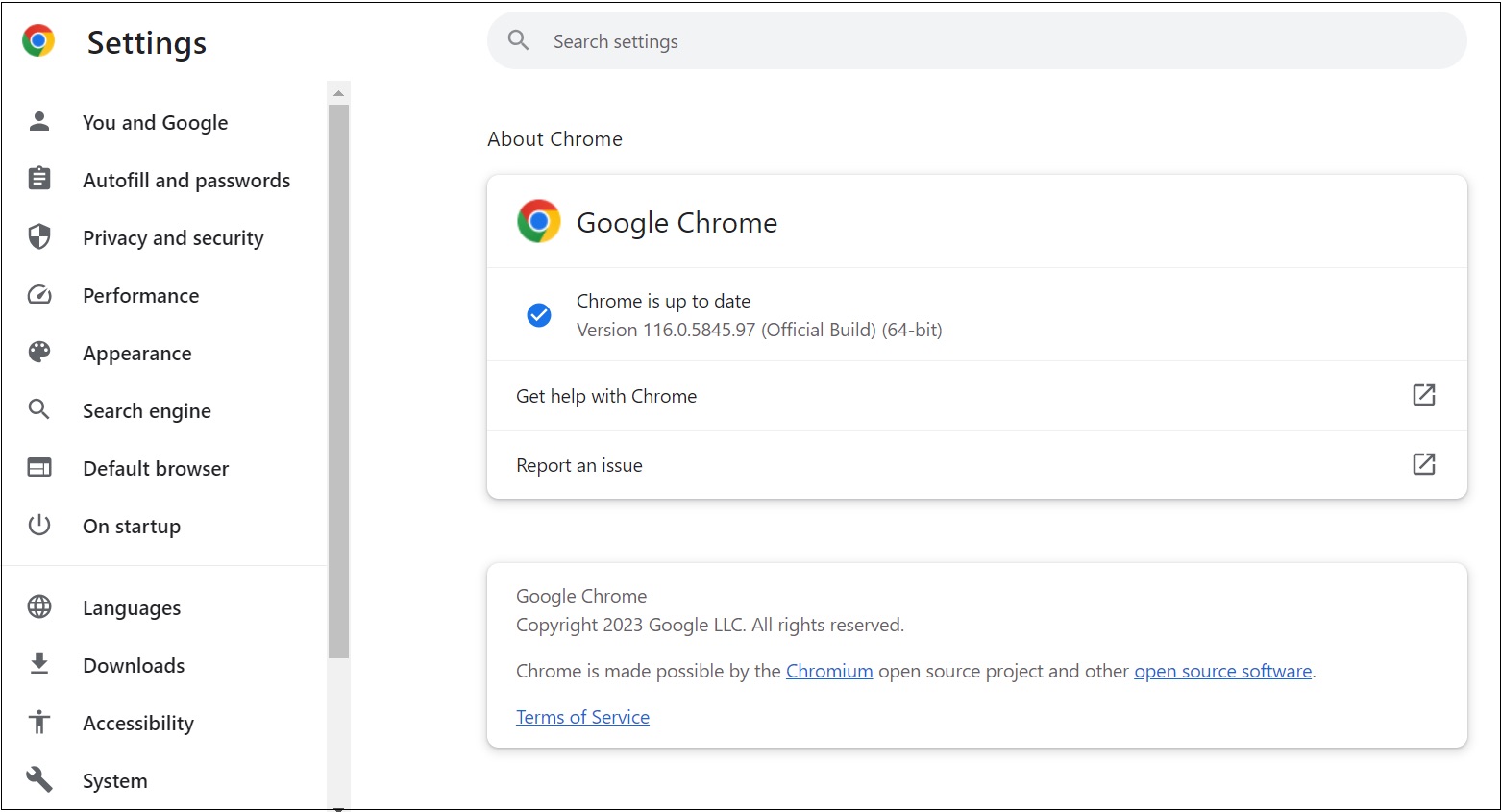Introduction
Google Chrome is one of the most popular web browsers, known for its speed, simplicity, and user-friendly interface. It's a go-to choice for millions of users worldwide, offering a seamless browsing experience. However, some users may encounter performance issues or compatibility issues with certain websites and applications. One common troubleshooting step to address these issues is to turn off Chrome hardware acceleration.
Hardware acceleration is a feature that offloads some tasks from the CPU to the GPU, aiming to enhance the browser's performance and provide a smoother browsing experience. While this feature can significantly improve graphics-intensive tasks such as streaming high-definition videos and playing browser-based games, it may also lead to unexpected glitches, screen tearing, or other display-related problems on certain systems.
In this article, we will delve into the concept of Chrome hardware acceleration, explore the reasons why users may choose to disable it, and provide a step-by-step guide on how to turn off this feature. Whether you're experiencing visual anomalies, performance issues, or simply want to troubleshoot compatibility problems, understanding how to disable hardware acceleration in Chrome can be a valuable skill for optimizing your browsing experience. Let's explore the ins and outs of this feature and learn how to take control of your Chrome browser's performance.
What is Chrome Hardware Acceleration?
Chrome hardware acceleration is a feature that leverages the processing power of a computer's GPU (Graphics Processing Unit) to handle certain tasks that would otherwise be performed by the CPU (Central Processing Unit). By offloading these tasks to the GPU, hardware acceleration aims to enhance the browser's performance, particularly when rendering graphics-intensive content such as videos, animations, and complex web applications.
When hardware acceleration is enabled in Google Chrome, the browser utilizes the GPU to accelerate tasks related to rendering web content, including graphics, animations, and visual effects. This can result in smoother scrolling, faster loading times for web pages with rich multimedia elements, and improved overall responsiveness.
The primary purpose of hardware acceleration is to optimize the browsing experience, especially for users engaging with visually demanding content. By harnessing the parallel processing capabilities of the GPU, Chrome can deliver a more seamless and visually appealing experience, particularly on devices with capable graphics hardware.
It's important to note that hardware acceleration is not unique to Chrome; many modern web browsers and applications across various platforms utilize this feature to improve performance. However, while hardware acceleration can significantly enhance the user experience for many individuals, it may not always be beneficial for all systems and configurations.
In some cases, enabling hardware acceleration can lead to unexpected issues, such as screen tearing, graphical artifacts, or performance degradation on certain hardware setups. Additionally, users with older or less powerful GPUs may find that hardware acceleration exacerbates compatibility problems or causes instability in the browser.
Understanding the role of hardware acceleration in Chrome is crucial for troubleshooting performance issues and ensuring a smooth browsing experience. By gaining insight into how this feature operates and its potential impact on different systems, users can make informed decisions about whether to enable or disable hardware acceleration based on their specific needs and hardware configurations.
Why Turn Off Chrome Hardware Acceleration?
While Chrome's hardware acceleration feature aims to enhance the browsing experience by leveraging the GPU's processing power, there are several compelling reasons why users may choose to disable this functionality.
-
Compatibility Issues: Some users may encounter compatibility issues when hardware acceleration is enabled. Certain websites, web applications, or GPU drivers may not be fully compatible with Chrome's hardware acceleration implementation, leading to visual anomalies, rendering errors, or even browser crashes. Disabling hardware acceleration can mitigate these compatibility issues and ensure a more stable browsing experience.
-
Performance Degradation on Certain Systems: On older or less powerful hardware configurations, enabling hardware acceleration in Chrome may actually lead to performance degradation. This can manifest as slower page rendering, increased system resource usage, or even system instability. By turning off hardware acceleration, users with such systems can potentially improve the overall performance and stability of their browsing sessions.
-
Graphics Driver Incompatibility: Outdated or incompatible graphics drivers can sometimes conflict with Chrome's hardware acceleration, resulting in display-related issues such as flickering screens, graphical artifacts, or black boxes on web pages. Disabling hardware acceleration can serve as a troubleshooting step to address these issues until updated drivers are available or installed.
-
Battery Drain on Mobile Devices: For users browsing on laptops, tablets, or other mobile devices, hardware acceleration can contribute to increased power consumption. This is due to the GPU's heightened activity when rendering web content, which can impact battery life. Disabling hardware acceleration on mobile devices can help conserve battery power and extend the device's runtime between charges.
-
Visual Anomalies and Glitches: In some cases, hardware acceleration may lead to visual anomalies such as screen tearing, stuttering animations, or distorted graphics. These issues can detract from the overall browsing experience and may be more pronounced on certain hardware configurations. Disabling hardware acceleration can alleviate these visual glitches and provide a smoother, more visually consistent browsing experience.
By understanding the potential drawbacks of Chrome's hardware acceleration and recognizing the scenarios in which it may lead to undesirable outcomes, users can make informed decisions about whether to disable this feature. Whether troubleshooting compatibility issues, seeking to optimize performance on specific hardware, or conserving battery power on mobile devices, the ability to turn off hardware acceleration in Chrome provides users with greater control over their browsing experience.
How to Turn Off Chrome Hardware Acceleration
Disabling hardware acceleration in Google Chrome is a straightforward process that can be accomplished through the browser's settings. By following these simple steps, users can effectively turn off hardware acceleration to address performance issues, compatibility concerns, or visual anomalies. Here's a step-by-step guide to disabling hardware acceleration in Chrome:
-
Open Google Chrome Settings: Begin by launching Google Chrome and accessing the browser's settings. This can be done by clicking on the three-dot menu icon located in the top-right corner of the browser window and selecting "Settings" from the dropdown menu.
-
Navigate to Advanced Settings: Within the Chrome settings, scroll down to the bottom of the page and click on the "Advanced" option. This will expand the settings menu to reveal additional configuration options.
-
Locate System Settings: Under the expanded settings menu, locate the "System" section. This section contains various options related to system behavior and performance settings.
-
Disable Hardware Acceleration: Within the "System" settings, you will find the option to enable or disable hardware acceleration. To turn off hardware acceleration, simply toggle the switch next to "Use hardware acceleration when available" to the off position.
-
Relaunch Chrome: After disabling hardware acceleration, it is recommended to relaunch Google Chrome to apply the changes. This can be done by closing and reopening the browser to ensure that the new settings take effect.
By following these steps, users can effectively disable hardware acceleration in Google Chrome, potentially addressing performance issues, compatibility concerns, or visual anomalies that may arise from the use of this feature. It's important to note that while turning off hardware acceleration can mitigate certain issues, it may also impact the browser's performance in graphics-intensive scenarios. Therefore, users should assess the impact of this change based on their specific browsing habits and hardware configurations.
In summary, the ability to turn off hardware acceleration in Google Chrome provides users with a valuable troubleshooting tool to address a range of potential issues. Whether seeking to improve compatibility, optimize performance on specific hardware, or mitigate visual anomalies, the process of disabling hardware acceleration empowers users to take control of their browsing experience and tailor Chrome's behavior to their individual needs.
Conclusion
In conclusion, understanding how to turn off hardware acceleration in Google Chrome empowers users to take control of their browsing experience and address a variety of performance, compatibility, and visual issues. While hardware acceleration is designed to enhance the browser's performance by leveraging the GPU's processing power, it may not always yield the desired results on every system or configuration.
By recognizing the potential drawbacks of hardware acceleration, such as compatibility issues, performance degradation on certain systems, and visual anomalies, users can make informed decisions about whether to disable this feature. The ability to turn off hardware acceleration provides a valuable troubleshooting tool, allowing users to tailor Chrome's behavior to their specific needs and hardware configurations.
It's important to note that while disabling hardware acceleration can mitigate certain issues, it may also impact the browser's performance in graphics-intensive scenarios. Therefore, users should assess the impact of this change based on their specific browsing habits and hardware configurations.
Ultimately, the process of turning off hardware acceleration in Google Chrome serves as a practical solution for users encountering compatibility issues, seeking to optimize performance on specific hardware, or aiming to mitigate visual anomalies. By following the simple steps outlined in this guide, users can effectively manage Chrome's hardware acceleration settings and tailor their browsing experience to align with their preferences and requirements.
As technology continues to evolve, the ability to customize and optimize the browsing experience becomes increasingly valuable. Whether on desktops, laptops, or mobile devices, the flexibility to control hardware acceleration in Chrome ensures that users can navigate the web with confidence, knowing that they have the tools to address potential challenges and enhance their overall browsing experience.
In essence, the knowledge and capability to turn off hardware acceleration in Google Chrome represent a valuable asset for users, enabling them to troubleshoot and optimize their browsing experience while maintaining control over their preferred settings and configurations.







